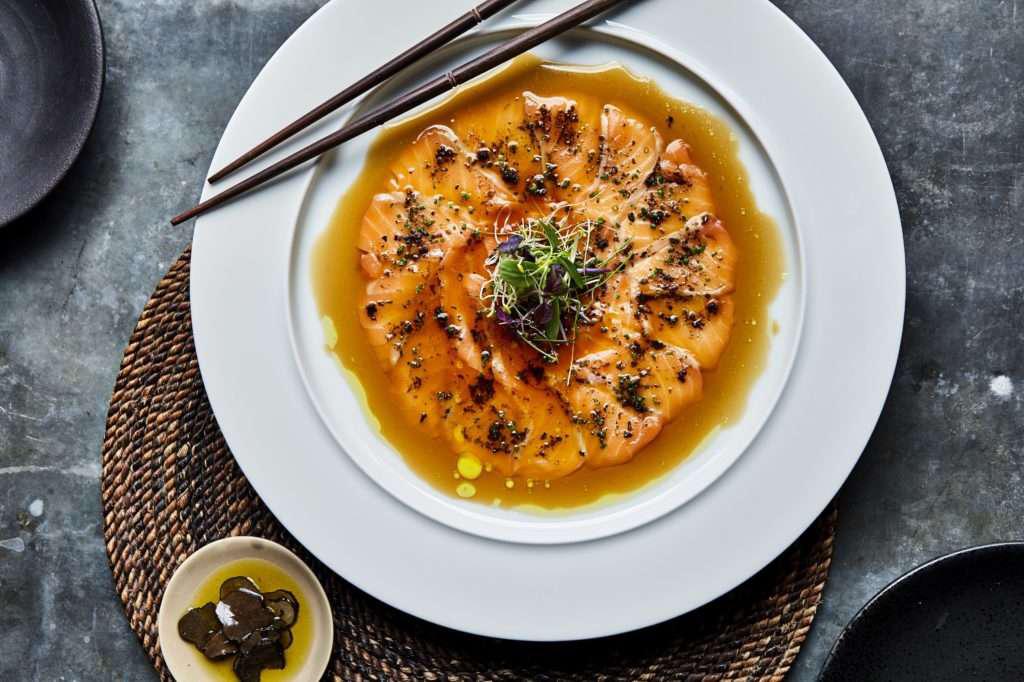
Conducting business with people from different countries or cultures can be fun and exciting yet also stressful. You don’t want to make a negative first impression during your first meeting. It can be especially tricky when you have Japanese clients or have to attend lunches in Japan, where the people highly value politeness, collaboration, and knowing how to negotiate.
Given these factors, it can be nerve-wracking to attend your first corporate meal. No need to worry as listed here are a few tips to make navigating this unknown world a lot easier for any jet-setting entrepreneur.
Dress to (not) impress
Whether you are having Japanese food in Abu Dhabi or flying all the way Japan, keep in mind that the Japanese are conservative. When meeting your Japanese clients or counterparts for the first time, emulating what they typically wear to meetings would be recommended. Stick to wearing dark colors and avoid accessories or keep them to a minimum.
The name of the game is to look as professional as you can. Women in other parts of the globe may be free to wear suits and pants in other parts of the world but not in Japan. Pantsuits can be seen as offensive to some of the locals; to be safe, stick to skirts instead.
Bow properly
Your Japanese clients may forgive you for not doing the perfect bow and may offer a handshake instead. If you do wish to reciprocate the gesture, there are a few tips to keep in mind.
One, keep your back straight when you bow and your hands at the sides. Women, on the other hand, clasp their hands at the front or place them on top of the lap.
A bow is a common way to show respect, and doing it longer or lower indicates a deeper level of respect for the other person. Expect to perform several bows or using bows with a combination of a handshake. You can turn your body slightly towards the side to avoid hitting their head while bowing as well.
Trade business cards
Business cards are treated with the highest respect in Japan. Whether you are giving or receiving one, it is essential to keep them in perfect condition at all costs. Having a business card holder becomes especially useful in these cases.
When receiving a business card, bow slightly and receive it with both hands, similar as you would with a precious gift. Hold the card by the topmost corners to avoid concealing any critical part of the card.
After receiving, leave the card on top of your case until you leave the table. If you are receiving multiple cards, place the most important one on the case with the subordinates on the side. It may be a small gesture, but it indicates that you acknowledge and respect their positions as well.
Exchange business gifts
In Japan, gift exchanges are commonplace, especially when meeting clients for the first time. As with many traditions, it is essential to avoid any elements that may remind your clients of their funeral customs.
Giving flowers can be especially tricky in Japan. Lilies, camellias, lotus blossoms, and white flowers should be avoided because of their associations with funerals. On the other hand, potted plants also carry their own superstitions.
Instead, what you can give is a quality business card holder. Being able to keep business cards in pristine condition when giving or receiving is lauded in Japan, so getting a holder is appreciated.
When giving the gift to a group of people, a gift that all would enjoy is recommended. This avoids the awkward situation of presenting the gift in secret or while the others are standing close by. Sweet treats such as a box of chocolates make great thoughtful gifts without breaking the bank.
Eat like a local
Treat the chopstick as you would your spoon, fork, or knife. This means avoiding rubbing them together or using them to point at anyone or anything.
It is common for business associates to share food. When being handed a shared plate, take a morsel, and pass it along. Avoid using your chopsticks to pass food to another person as it reminds the locals of how they handle bones during cremation.
If you need to pause or you’ve had your fill, place your chopsticks on the holder near your plate, with the used ends resting on the shoulder. On the rare occasion that a holder is not present, an alternative is to place it along the side of your plate. The proper position is to make sure that the chopsticks are parallel with the sides of the table.
By keeping these Japanese business & dining etiquette basics, you are better prepared to handle your first business meeting. Armed with this information, you can focus your attention on other aspects of the meal, and enjoy the discussion with your clients.
AUTHOR BIO
Chiara Bisignani is the F&B Marketing Executive at Saadiyat Beach Club. She oversees website maintenance, PR requests, marketing initiatives and all general guests’ enquiries for the company’s destinations of KOI Restaurant & Lounge, Boa Steakhouse and Caramel Restaurant and Lounge in Abu Dhabi.
